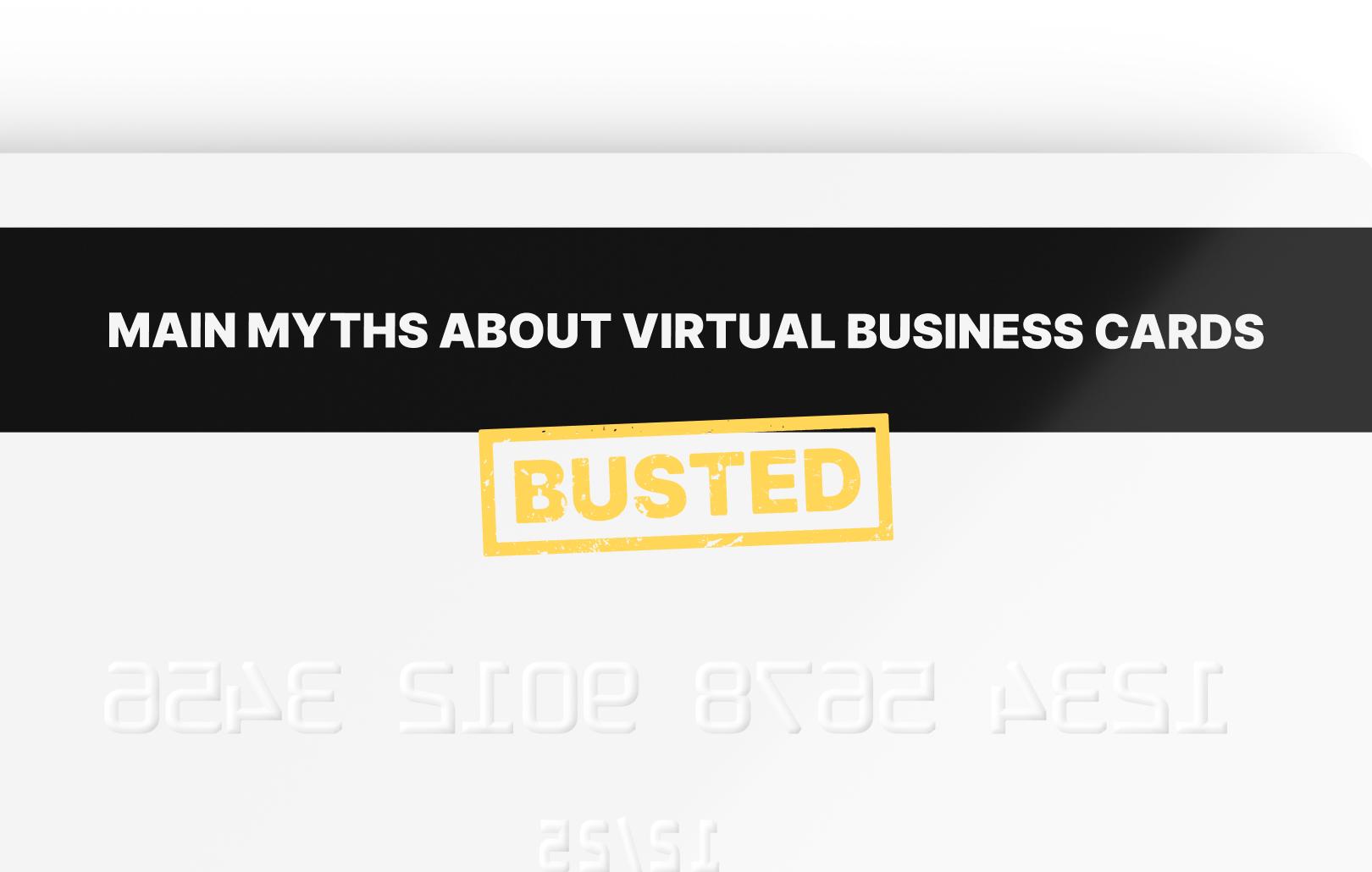How to set up payroll for a small business?

My advice is always to look for ways to facilitate or optimise the working process. You can choose a payroll system or a payroll services provider for this purpose. This can be the main headache for setting up a payroll. There are a number of payroll systems available for small businesses, including online services, on-premises software, and outsourced payroll providers. Consider the size of your business and its budget when selecting a payroll system.
What is payroll?
Payroll is the list of company employees that are entitled to receive payments as well as other work benefits and the amounts that each should receive. It serves a few essential functions:
- Computing the wages of each individual worker taking into account bonuses and advantages
- Figuring out the pay for days not worked (like illnesses, holidays, and maternity leave),
- Remitting taxes and national insurance contributions
- Keeping all financial documents
Even for a small organisation this can amount to a lot of work. Accuracy and accountability are also paramount, which is why many businesses outsource their payroll function to a specialist provider such as their accountant.
If you employ any staff (not including partners in a partnership or LLP) then you will need to run a payroll. This is also the case if you run a limited company and are its only employee (I.e., the director).
You will need a business account for setting up payroll and to pay your employees. At Satchel, you can open your EU business account online with no fuss or bother providing your staff with payment cards. By the way, Satchel.eu was the first Lithuanian EMI to become a principal member of Mastercard Europe for card issuing. Having access to your account statement in several clicks will be a big help for you!
How does payroll work?
Employers must calculate the tax, the national insurance contributions, and other deductions, and issue employees with payslips (it is acceptable to issue payslips online and make payments on or before the payday of each month.)
Although most records should be retained for the current tax year plus the previous three years, many employers keep these records for six years. A major reason for this is that some records, such as business expense claims, are also ‘accounting’ records.
Paying a payroll provider
If you decide to outsource a payroll provider (for example, a payroll system, a bureau or an accountant) to run your payroll, you’ll need to consider how much support you’ll need. Providers are just planners and can help you financially.
You are responsible for collecting and keeping records of your employee’s details. Your provider will need these to run the payroll for you. They will act as your payroll advisor.
Some providers can offer you more support if you need it, for example keeping employee records, providing payslips and making payments.
How to do payroll yourself
As an employer, you’re legally responsible for completing all related tasks, even if you pay someone else to do them.
You need to complete certain tasks to set up payroll and pay your employees for the first time. This includes registering with the authorities as an employer and telling them about your employees. Mostly, the steps are:
- Collecting employee documents
- Choosing your schedule
- Collecting time sheets, reviewing & approving
- All wage calculations
Calculating Payroll Deductions
In general, the following points can be highlighted.
- Calculate Gross Pay: determine the employee’s gross pay. This is the amount of money the employee earns before any deductions are taken out.
- Calculate Tax Deductions: calculate the tax deductions that need to be taken from the employee’s gross pay. This will vary from country to country.
- Calculate Social Security Contributions: social security contributions are typically a percentage of the employee’s gross pay.
- Calculate Pension Contributions: pension contributions are typically required by employers in Europe.
- Calculate Other Deductions: other deductions may be required in some countries, including healthcare contributions and union dues.
- Calculate Net Pay: once all deductions have been taken out, calculate the employee’s net pay. This is the amount of money the employee will take home after deductions.
Alternatives to processing payroll yourself
Use a managed payroll service or software program. A managed service is where an advisor company chooses to outsource payments and calculations to a provider that effectively acts as your payroll department. They are invaluable when planning investments, retirement options, and secure management of your finances.
Small business payroll checklist example
The checklist should include things to check for when paying wages can be found below.
Ensure that all employees are legally entitled to work in your country and are registered with the relevant tax and social security authorities.
- Pay all employees in accordance with applicable minimum wage laws.
- Deduct all applicable taxes and social security contributions from employees’ salaries and pay them to the appropriate authorities.
- Provide all employees with payslips with a clear itemisation of their earnings and deductions.
- Audit and reconcile all payrolls regularly.
- Offer all employees appropriate benefits, such as holiday and sick pay, in accordance with local laws.
Now you know how to setup payroll and how to do your own payroll. Good luck and let your business grow! Remember that Satchel will always come in handy in financial matters.







